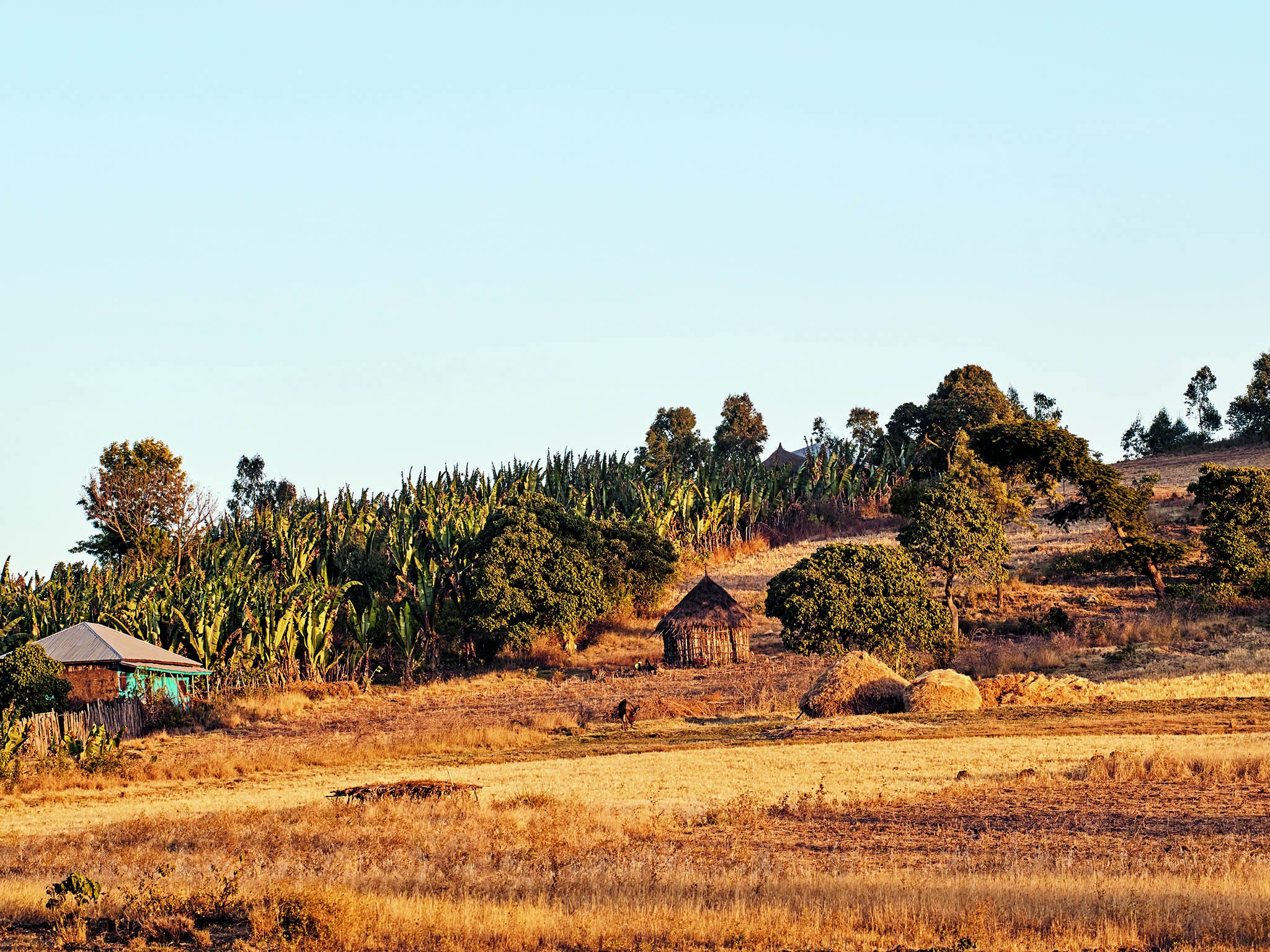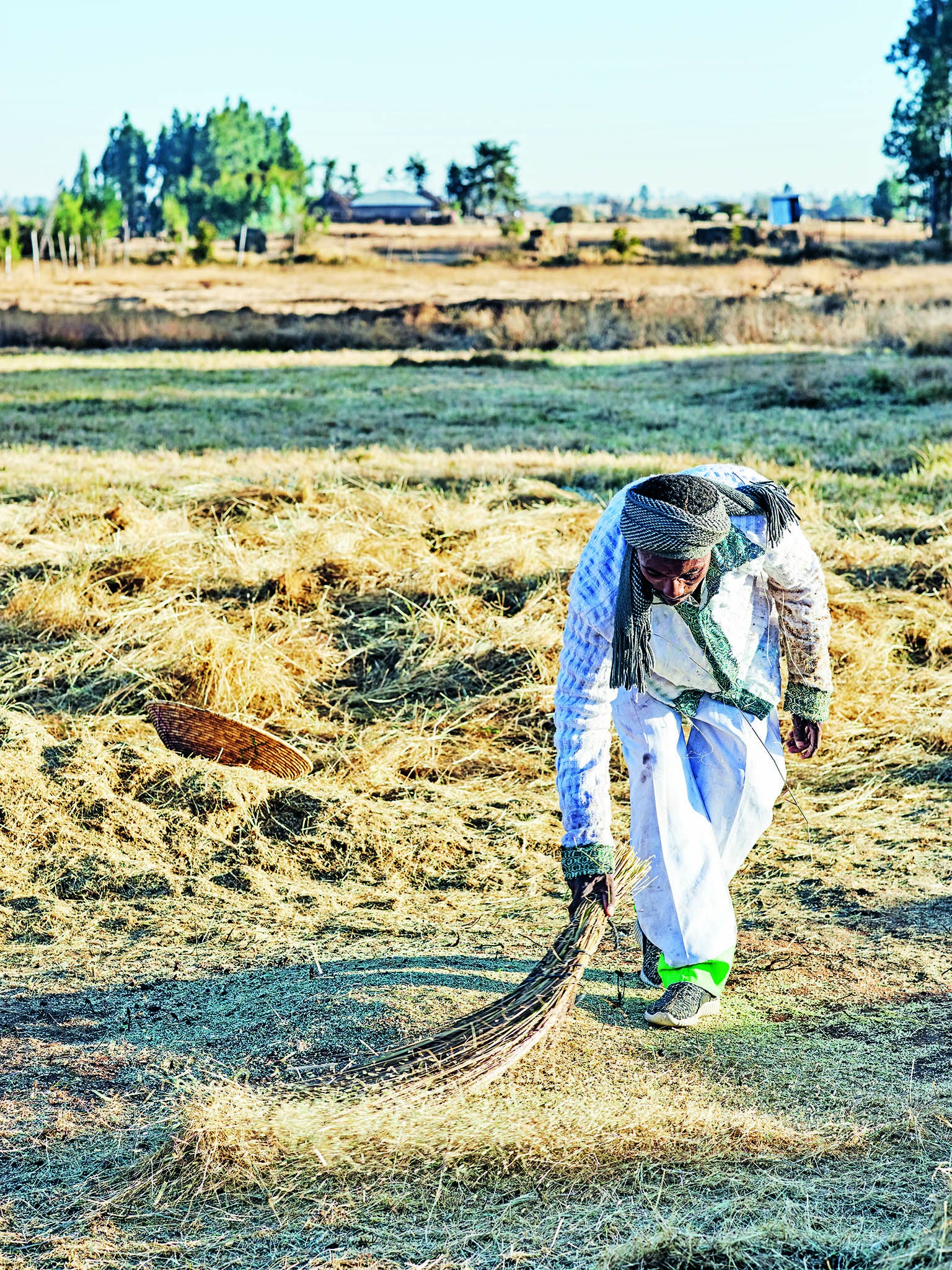Teff: The ancient Ethiopian grain the forms the backbone of the cuisine
It's the country's most widely farmed crop, grown by an estimated 6.5 million Ethiopian farmers and, especially in the highlands, retains an incomparable importance

Your support helps us to tell the story
From reproductive rights to climate change to Big Tech, The Independent is on the ground when the story is developing. Whether it's investigating the financials of Elon Musk's pro-Trump PAC or producing our latest documentary, 'The A Word', which shines a light on the American women fighting for reproductive rights, we know how important it is to parse out the facts from the messaging.
At such a critical moment in US history, we need reporters on the ground. Your donation allows us to keep sending journalists to speak to both sides of the story.
The Independent is trusted by Americans across the entire political spectrum. And unlike many other quality news outlets, we choose not to lock Americans out of our reporting and analysis with paywalls. We believe quality journalism should be available to everyone, paid for by those who can afford it.
Your support makes all the difference.The high central plateau that covers much of Ethiopia is a place of open skies. Humped Zebu till the land with wooden ploughs, raptors glide on updrafts above flat-topped mountains and breezes send shimmying ripples across fields of wispy green stalks. However, it isn’t wheat that grows so profusely here – this is teff country.
Held in the hand, the tiny grains of this indigenous cereal (first domesticated by Ethiopians some 3,000 years ago) are sandy, about the size of poppy seeds. There are 3,000 of them in a single gram (the same number of wheat grains weigh 195 grams), yet each one is a dense powerhouse of nutrients: iron, fibre, calcium and protein.
Teff is Ethiopia’s most widely farmed crop, grown by an estimated 6.5 million Ethiopian farmers and, especially in the highlands, retains an incomparable importance. It also accounts for around 15 per cent of the country’s total calories as injera – our staple food – a spongy, tart flatbread made from teff – is, literally, the base of most meals: food is placed directly on it instead of a plate.

In fact, so key is teff to Ethiopia that our government prohibits its export in grain form. At the moment, only teff that has been milled into flour can be exported. However, many outside Ethiopia have discovered teff’s nutritional potential and the fact that it is gluten-free also heightens its current popularity. Growing awareness and demand have led to cultivation elsewhere. Today, teff grows in several states of American,Canada, India, Australia and some parts of Europe.
There are three main types of teff: ivory, dark brown and light brown, the latter referred to as key, meaning ‘red’ in Amharic. Ivory, considered the highest quality, has the mildest flavour, and dark brown variety is the most popular and commonly available teff for making injera.
In order to develop the elasticity needed to make spongy injera, the batter has to be fermented. With a sourdough-like starter, it is left to ferment for three days before an additional step called ‘absit’ happens. Absit is a distinctive Ethiopian cooking technique that requires boiling some of the batter then, while hot, stirring it back into the initial starter. This process allows to speed up the fermentation process and favour, an enhanced spongy texture for injera. This lends it its signature tartness and spongy texture – a flavour that acts as a perfect foil for the boldly flavoured stews it accompanies.
'Ethiopia' by Yohanis Gebreyesus is published by Kyle Books, £30. Photography by Peter Cassidy
Join our commenting forum
Join thought-provoking conversations, follow other Independent readers and see their replies
Comments